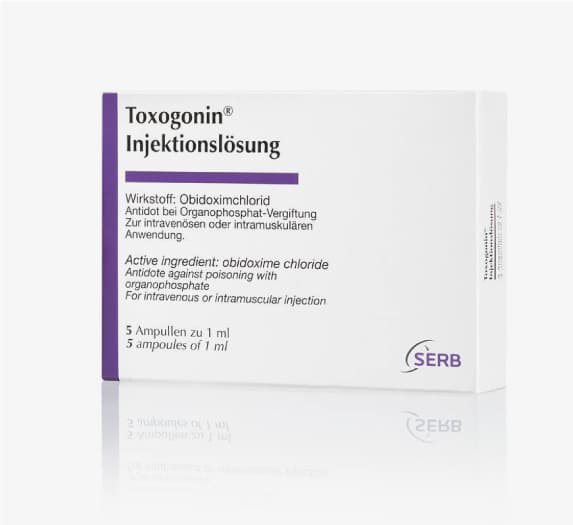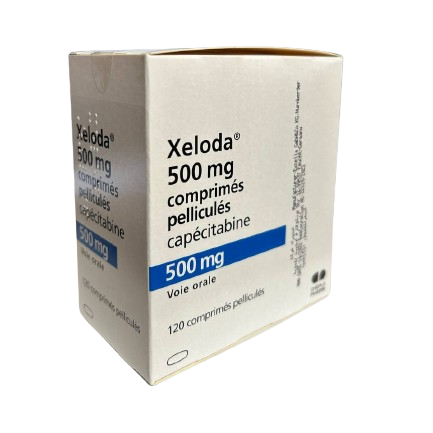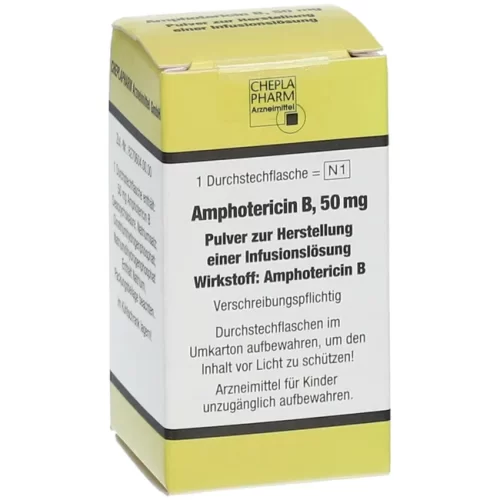Description
Description
Active ingredient: Obidoxime chloride
Each 1 ampoule (1 ml) contains 0.25 g obidoxime chloride.
TOXOGONIN is the brand innovator for obidoxime chloride
Indications:
Antidote against poisoning with organophosphates Insecticide poisoning with substances belonging to the organophosphate group (alkyl phosphates, alkyl thiophosphates, phosphoric acid esters, thiophosphoric acid esters), e.g. parathion = E 605® forte, in which the inhibited acetylcholinesterases may be reactivated by the specific antidote Toxogonin.
Dosage and route of administration
General measures of emergency care and initial doses of atropine are to proceed any administration of Toxogonin! As the measures taken within the first 15 minutes are decisive for the survival of the poisoned patient treatment must be commenced before admission to hospital! The following measures should be taken as soon as possible:
General measures
After oral ingestion
of poisons gastric lavage needs to be performed, followed by instillation of activated charcoal, to be repeated as required.
After skin contact
clothes need to be removed and the patient’s entire body washed with a solution of sodium bicarbonate or polyethylene glycol.
Generally: Clearing and keeping open of airways (intubation), aspiration of secretions, and, if necessary, artificial ventilation. Immediate intravenous access, volume replacement (plasma expander).
In the case of pulmonary edema (excessive bronchial secretions!) immediate administration of highdose atropine.
Administration of atropine
Administer atropine as soon as possible:
2-5 mg intravenously, to be repeated at intervals of 5-15 minutes until the atropine effect is clearly manifest (check dryness of the mouth or, in the case of intubated patients, the amount of bronchial secretion).
Atropine tolerance is extremely high in organophosphate poisoning. Single doses of 1-3 mg in children.
Systematic treatment with atropine must be started prior to transferring the patient to hospital. It is a measure to combat imminent cardiac arrest in bradycardia. Atropine should be given until signs of overdosage appear (hot, dry skin, dry mouth, mild tachycardia).
Administration of Toxogonin
Note: On no account does administration of Toxogonin replace administration of atropine!
Specific antidote treatment with Toxogonin is initiated after the first doses of atropine.
Initial dose in adults: 1 ampoule (250 mg), initial dose in children: 4–8 mg/kg body weight, slowly intravenously.
This drug is administered as a continuous infusion at a dose of 750 mg/24 h and in children at a dose of 10 mg/kg BW daily as long as reactivation of acetylcholinesterase is still possible.
The first Toxogonin dose should be given as soon as possible. Even in delayed initiation of therapy within one week after poisoning, reactivation of acetylcholinesterase can still be expected.
Toxogonin may also be given by intramuscular injection.
Lack of marked short-term improvement after Toxogonin injection in insecticide poisoning most probably is an indication for non-organophosphate poisoning manageable with Toxogonin or for acetylcholinesterases that are already irreversibly inactivated and that can no longer be reactivated with Toxogonin. In such cases no further injections of Toxogonin should be given.
Depending on the individual intoxication situation, particularly the type and quantity of ingested organophosphates as well as other factors, it is not possible to predict with certainty the antidotal efficacy achieved by Toxogonin in the individual case. Use of Toxogonin is generally indicated in organophosphate poisoning within the overall scope of treatment to ensure the best possible management of poisoning. Overdosage is to be avoided. When given as recommended, Toxogonin treatment incurs no additional risks for the poisoned person.
Since animal studies have indicated certain irritations in intra-arterial injection of Toxogonin, this drug must be given strictly according to instructions by intravenous injection
Method of administration
By injection





